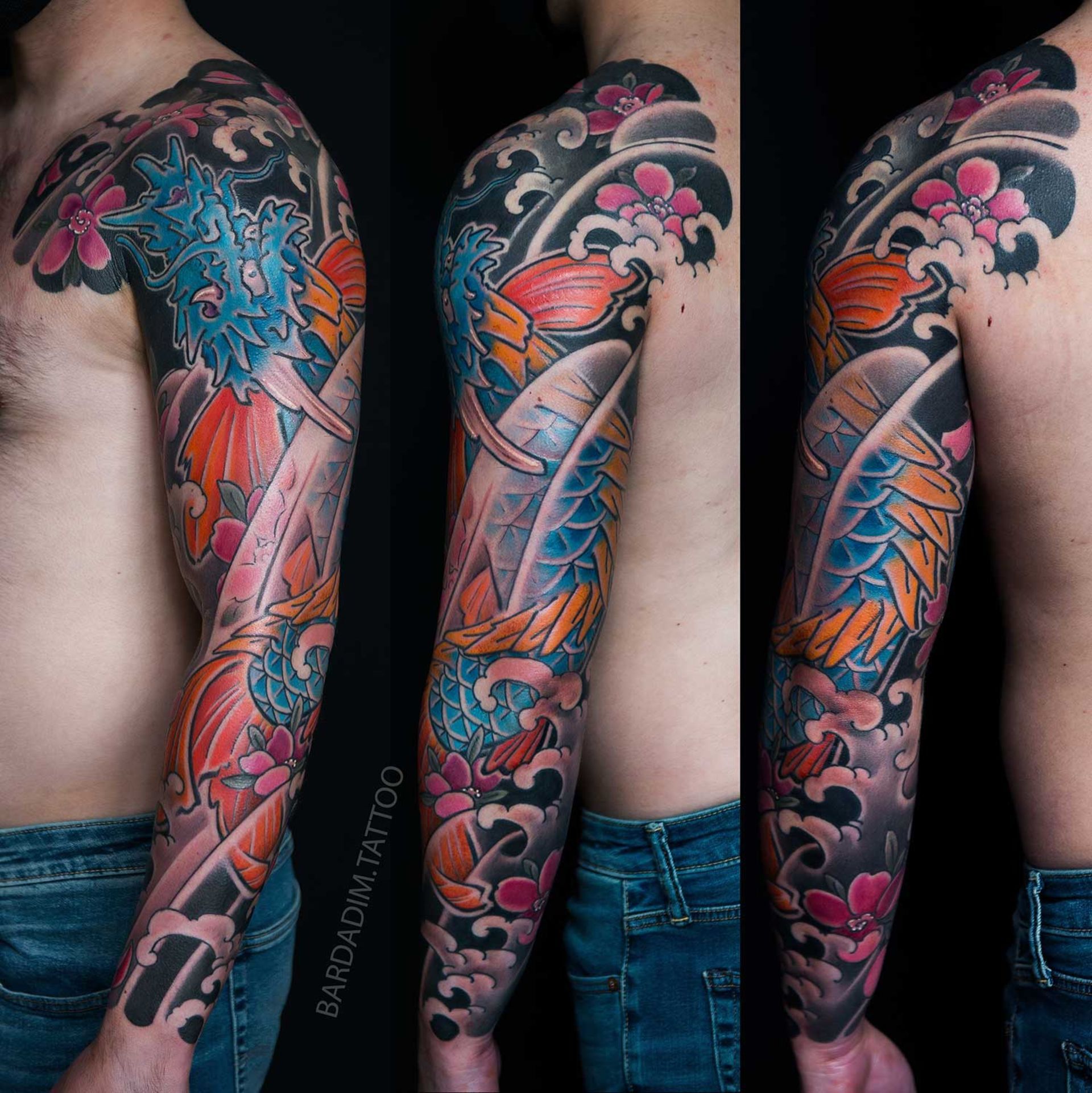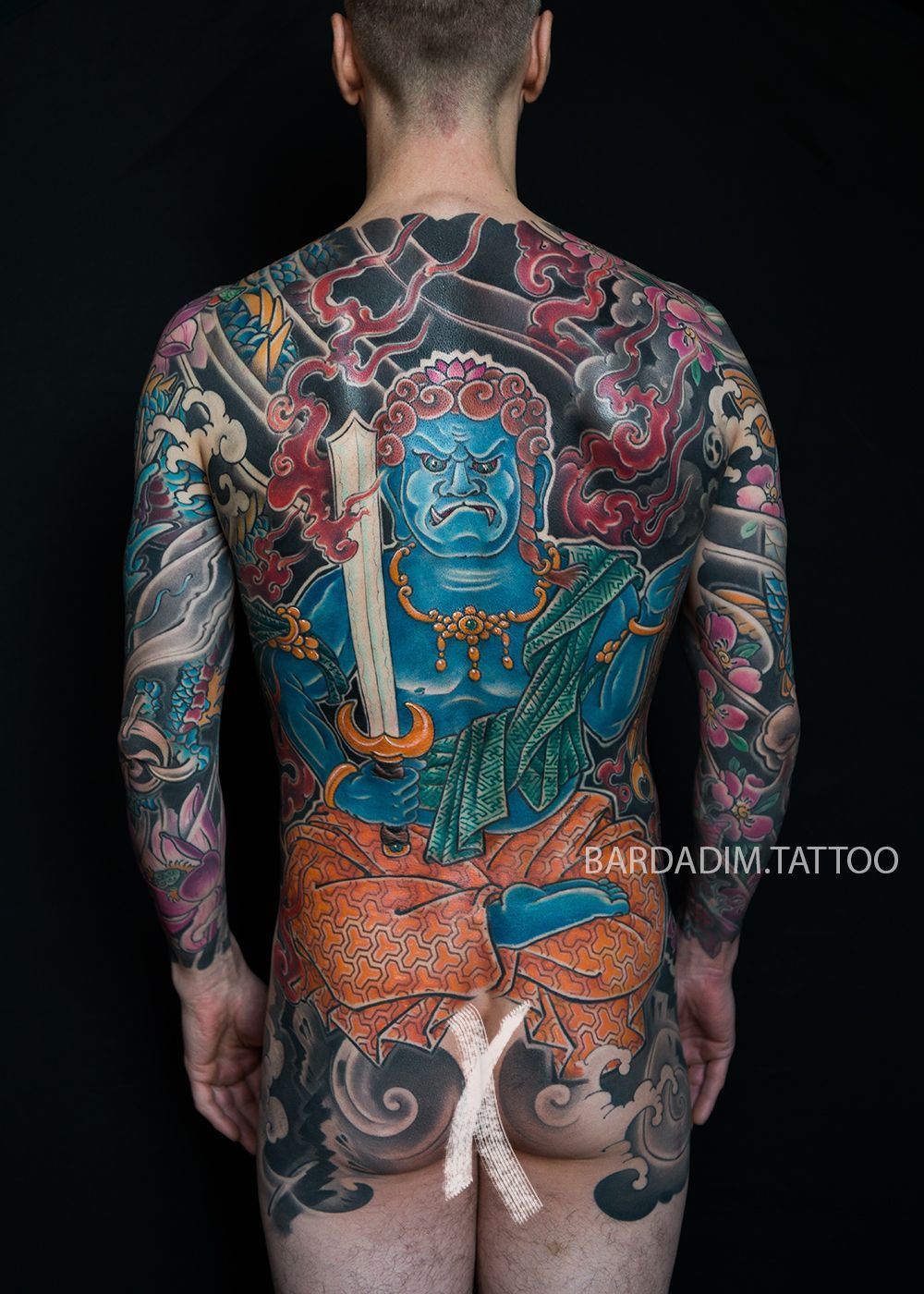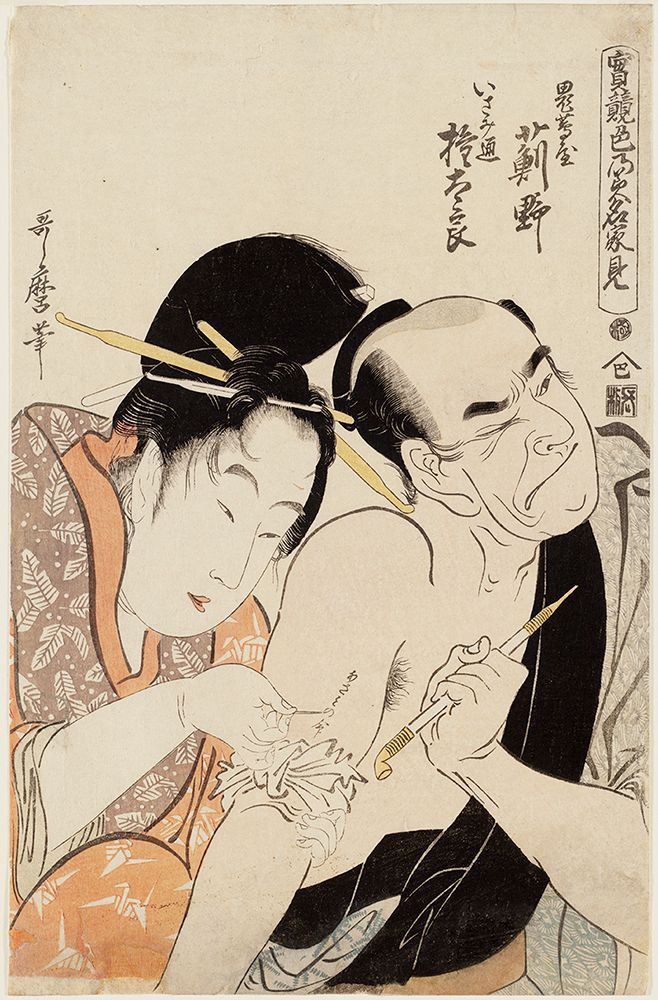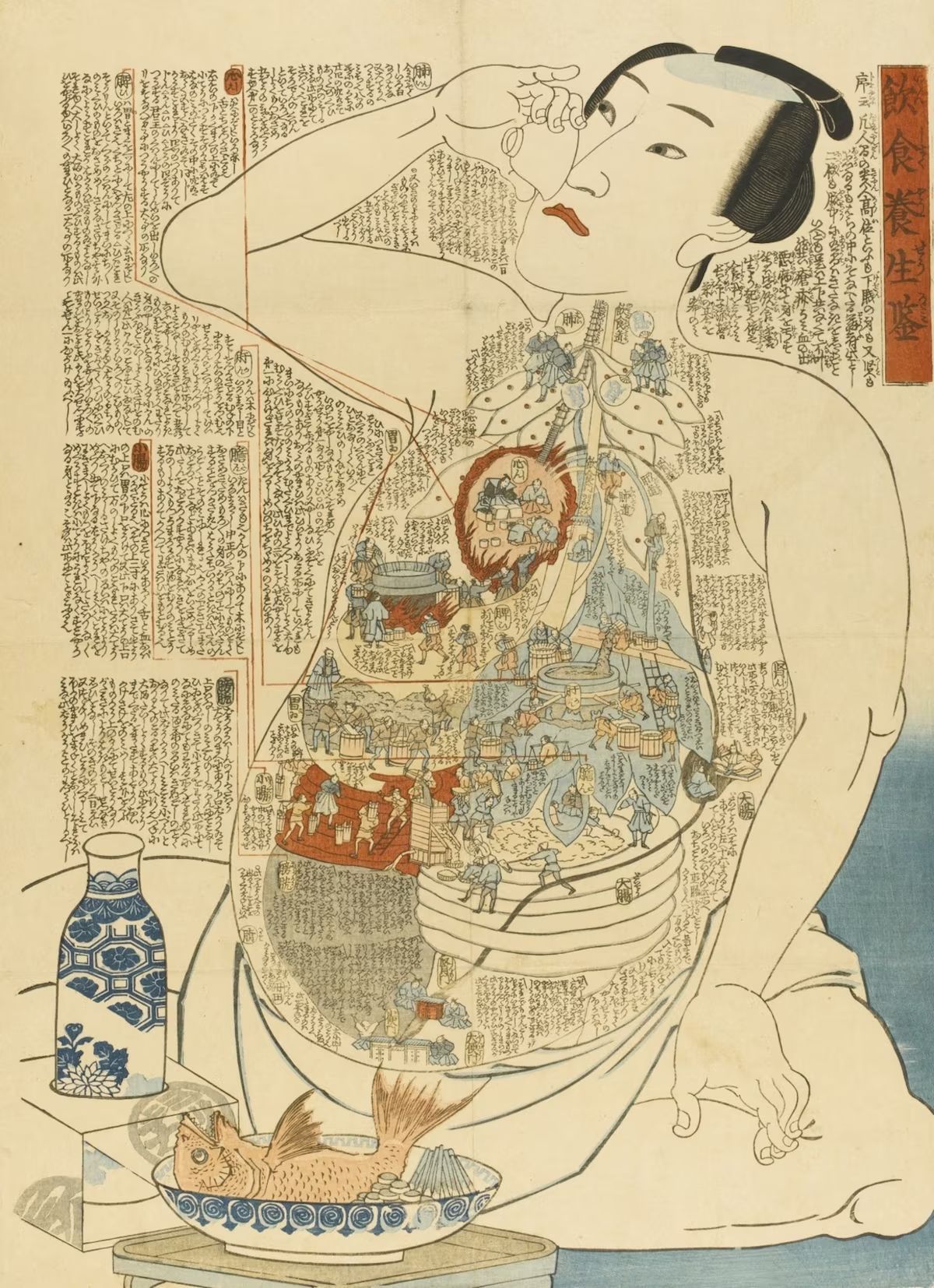Kiku tattoo design book.
Great source for Tattoo Ideas ! My new KIKU eBook now available on iBooks store ! Hard copies are available upon request.
KIKU in Japanese Art.
From China, the chrysanthemum made its way over to Japan by Buddhist monks in AD 400. Soon after its introduction, the Japanese were so enamored by this beautiful flower that it was soon adopted as the emperor’s crest and official seal. “Kiku” is the Japanese name for chrysanthemum and every year there is a National Chrysanthemum Day which is also referred to as the Festival of Happiness.
Since the flower blooms in the fall, the chrysanthemum signifies joy and beauty despite the oncoming winter. Although beautiful, chrysanthemums hold various meanings across different time periods and cultures, both positive and negative.
- Victorians used chrysanthemums to show friendship and well-wishing.
- Buddhists use the chrysanthemum as offerings due to their powerful Yang energy.
- In China, the chrysanthemum is traditionally offered to the elderly as they symbolize long life as well as good luck in the home.
- In Australia, chrysanthemums are the official flower for Mother’s Day due to their nickname “mums.”
- In Belgium and Austria, the chrysanthemum is used almost exclusively as a memorial flower to honor loved ones and is the flower of choice for placing on graves.
KIKU Symbolism & Colors
Chrysanthemums generally symbolize longevity, fidelity, joy and optimism. Various colors symbolize other important meanings as well.
- Red chrysanthemums symbolize love and deep passion.
- Yellow chrysanthemums symbolize neglected love or sorrow.
- White chrysanthemums symbolize loyalty and honesty.
- Violet chrysanthemums symbolize a wish to get well.
KIKU Cultural Significance
Since the chrysanthemum was first cultivated in China, the flower still holds deep cultural significance to this day, especially in art. The chrysanthemum is one of the Four Gentleman, which include the plum blossom, the orchid , and bamboo. These are the four main plants depicted in traditional Chinese watercolor paintings, and are derived from Confucianism.
In Japan, the official seal for the Imperial family is a chrysanthemum with 16 petals and is used for official government documents. In the military, the Supreme Order of the Chrysanthemum is the most prestigious honor that can be awarded by the Emperor. ( Source )







